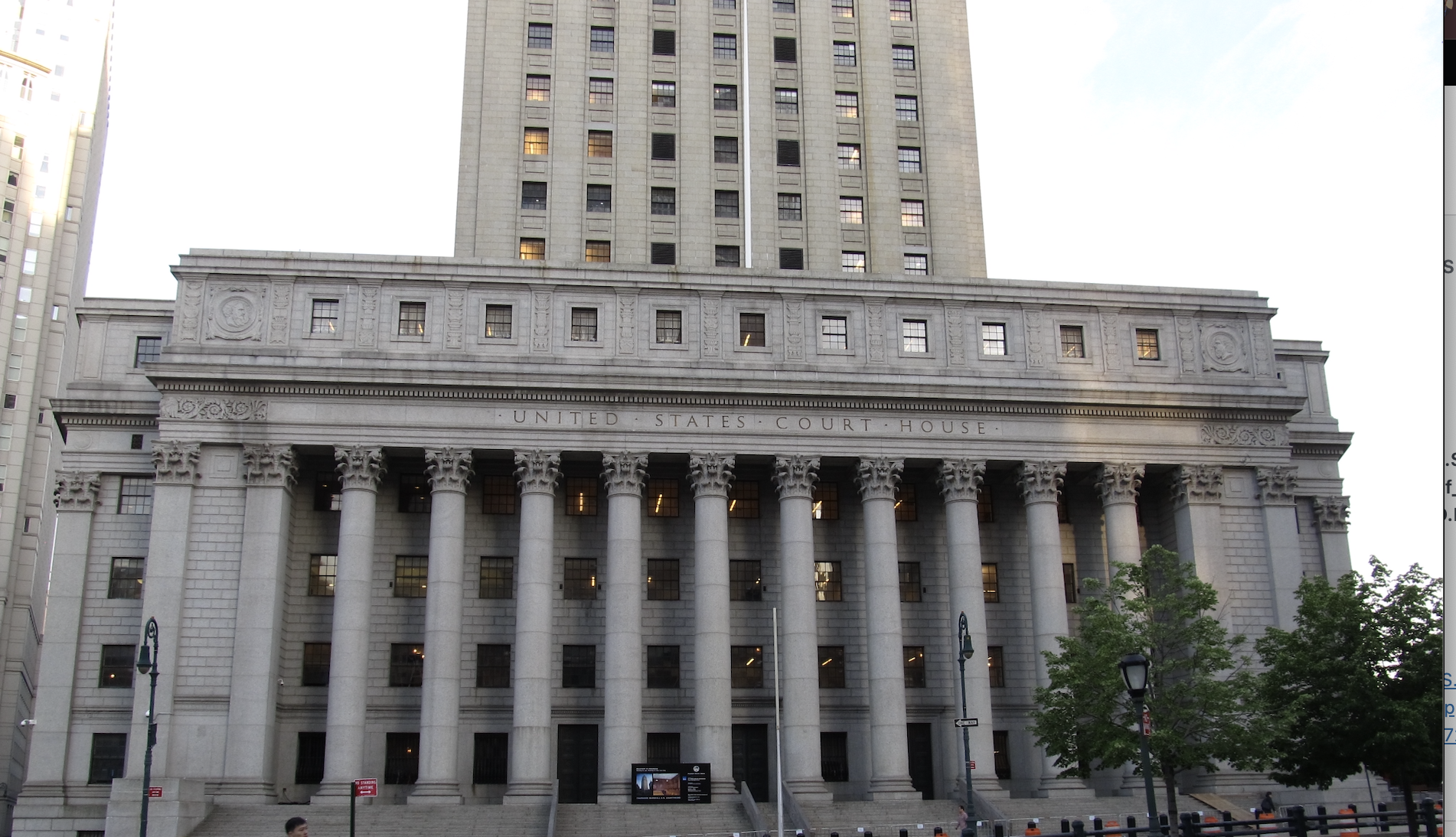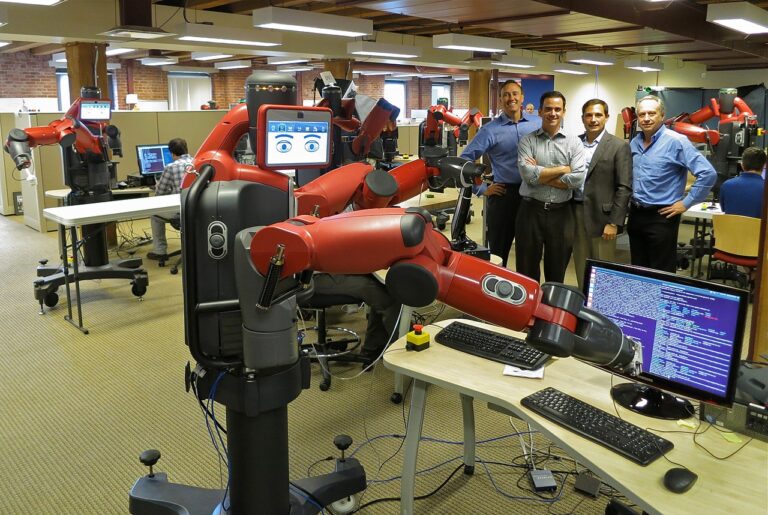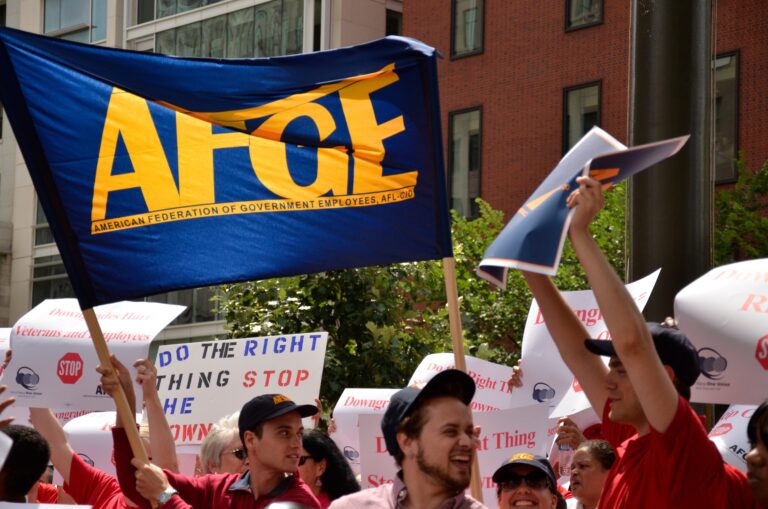
Ted Parker is a student at Harvard Law School and a member of the Labor and Employment Lab.
In today’s news and commentary, the Equal Employment Opportunity Commission (EEOC) regains a quorum and the Second Circuit issues an opinion endorsing the legal theory that implicit bias trainings could, in certain circumstances, foster a hostile work environment.
The EEOC regained its quorum on Friday after a Senate vote confirmed nominee Brittany Panuccio as commissioner. The commission, which is ordinarily composed of five members, was only one member short when Trump took office last January. But on the day of his inauguration, Trump fired two Democratic commissioners (Charlotte A. Burrows and Jocelyn Samuels), leaving only two commissioners left (Republican Andrea R. Lucas and Democratic Kalpana Kotagal). As a result, the EEOC has lacked several important powers during Trump’s second term and has been unable to fully implement the ideological program of Acting Chair Lucas. With the addition of Panuccio, the commission now has a bare quorum and can once again vote on “big-ticket items” like new regulations and envelope-pushing litigation. For now, though, the EEOC is closed for the duration of the government shutdown. [Correction: It was misreported in Law360 that Panuccio was confirmed on Friday. In fact, the vote on Friday advanced Panuccio’s nomination. She was confirmed the following Tuesday.]
Nevertheless, as Bloomberg reports, even before gaining a quorum, the signals that Acting Chair Lucas has put out with respect to DEI may already be having an effect on the law. Last March, Lucas issued a document entitled “What You Should Know about DEI-Related Discrimination at Work,” advancing legal theories according to which DEI programs might be found discriminatory. Six former commissioners, two former general counsels, and other former officials joined an open letter rebutting the document’s assertions and pointing out that it was not official guidance voted on by a quorum but simply “the Acting Chair’s document.” Nevertheless, a Second Circuit panel (composed of two Trump appointees and one Clinton appointee) seemed to agree with the theory put forth in that document in a decision last month. In Chislett v. New York City Department of Education, the panel unanimously held that it is theoretically possible to “suffer[] a hostile work environment fostered by mandatory implicit bias trainings.” The panel did not rule that this actually occurred in this case, only that the plaintiff, an executive director of an Advanced Placement program for students in “underserved communities,” had raised genuine disputes of material facts sufficient to survive summary judgment on remand. The panel was careful “not [to] suggest that the conduct of implicit bias trainings is per se racist,” merely asserting that “a constant drumbeat of essentialist, deterministic, and negative language [about a particular race]” could be. Crucially, in the facts of the case, the trainings (perhaps themselves atypical) were followed on by a long series of interpersonal conflicts between employees, carried out in explicitly racial terms. Overall, it’s unclear to what extent the law is actually shifting in this area. The Tenth Circuit heard a case last year that came out the other way. Similar cases are now pending in the Third and Ninth Circuits.






Daily News & Commentary
Start your day with our roundup of the latest labor developments. See all
December 5
Netflix set to acquire Warner Bros., Gen Z men are the most pro-union generation in history, and lawmakers introduce the “No Robot Bosses Act.”
December 4
Unionized journalists win arbitration concerning AI, Starbucks challenges two NLRB rulings in the Fifth Circuit, and Philadelphia transit workers resume contract negotiations.
December 3
The Trump administration seeks to appeal a federal judge’s order that protects the CBAs of employees within the federal workforce; the U.S. Department of Labor launches an initiative to investigate violations of the H-1B visa program; and a union files a petition to form a bargaining unit for employees at the Met.
December 2
Fourth Circuit rejects broad reading of NLRA’s managerial exception; OPM cancels reduced tuition program for federal employees; Starbucks will pay $39 million for violating New York City’s Fair Workweek law; Mamdani and Sanders join striking baristas outside a Brooklyn Starbucks.
December 1
California farmworkers defend state labor law, cities consider requiring companies to hire delivery drivers, Supreme Court takes FAA last-mile drivers case.
November 30
In today’s news and commentary, the MSPB issues its first precedential ruling since regaining a quorum; Amazon workers lead strikes and demonstrations in multiple countries; and Starbucks workers expand their indefinite strike to additional locations. Last week, the Merit Systems Protection Board (MSPB) released its first precedential decision in eight months. The MSPB had been […]